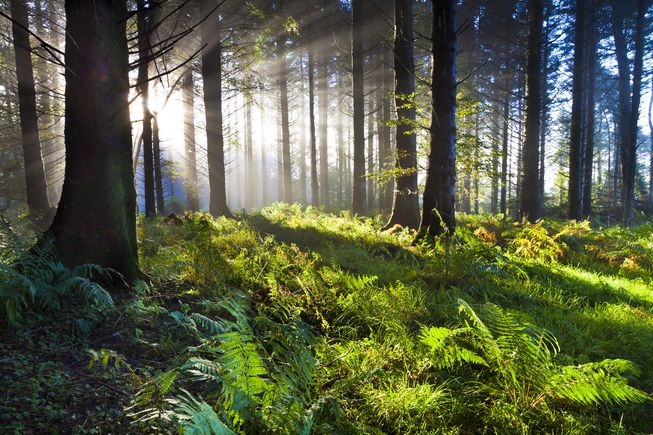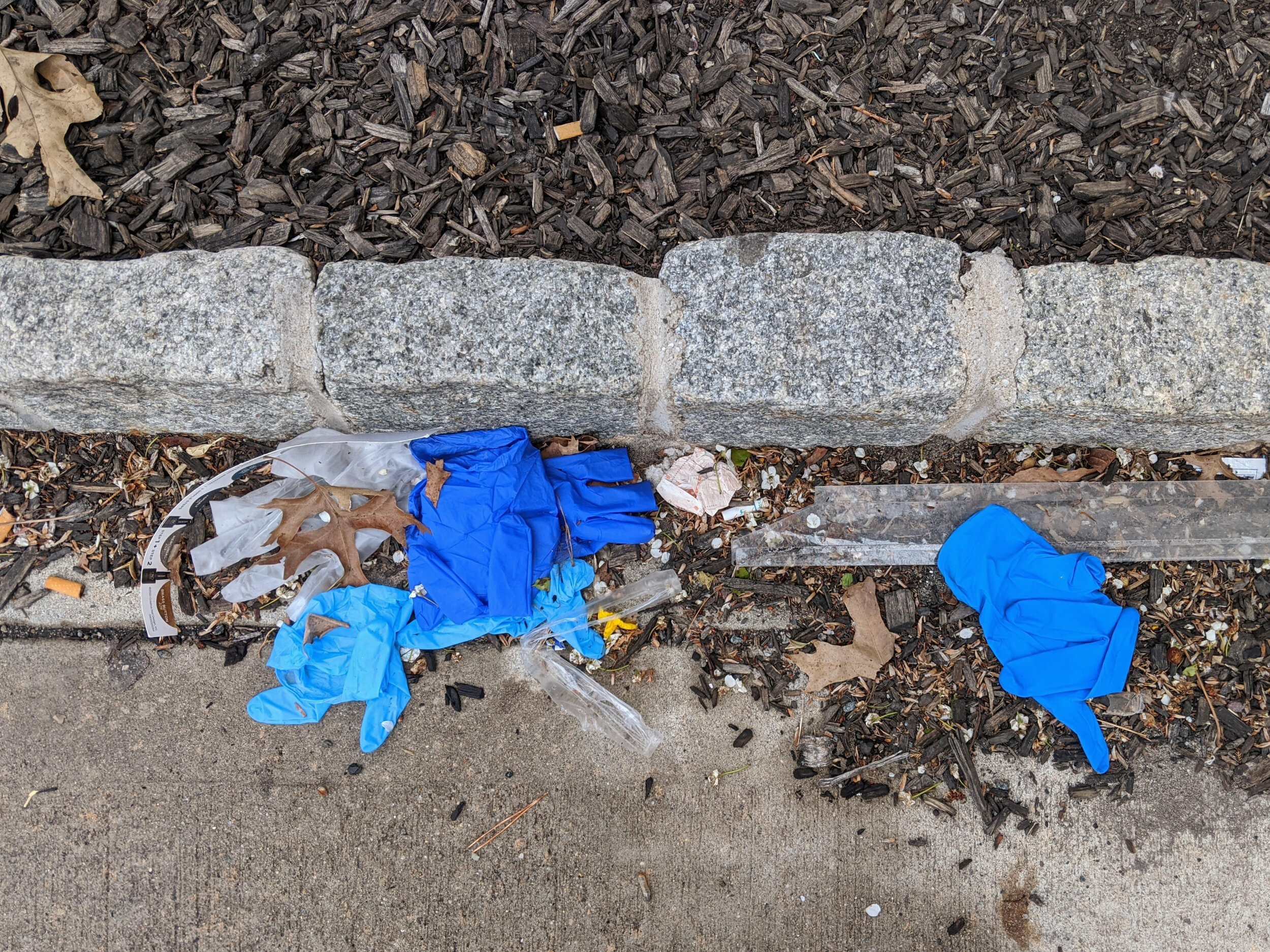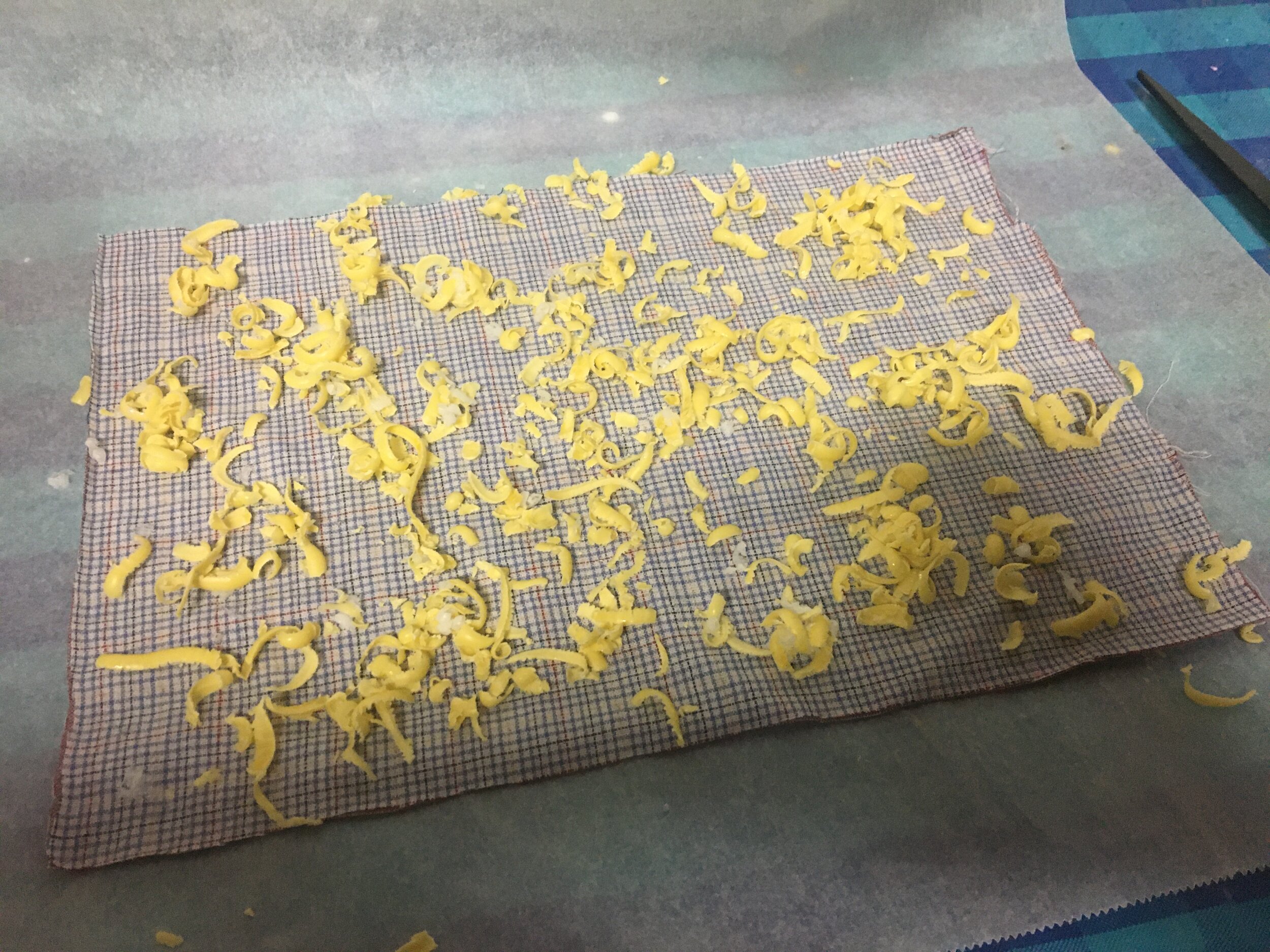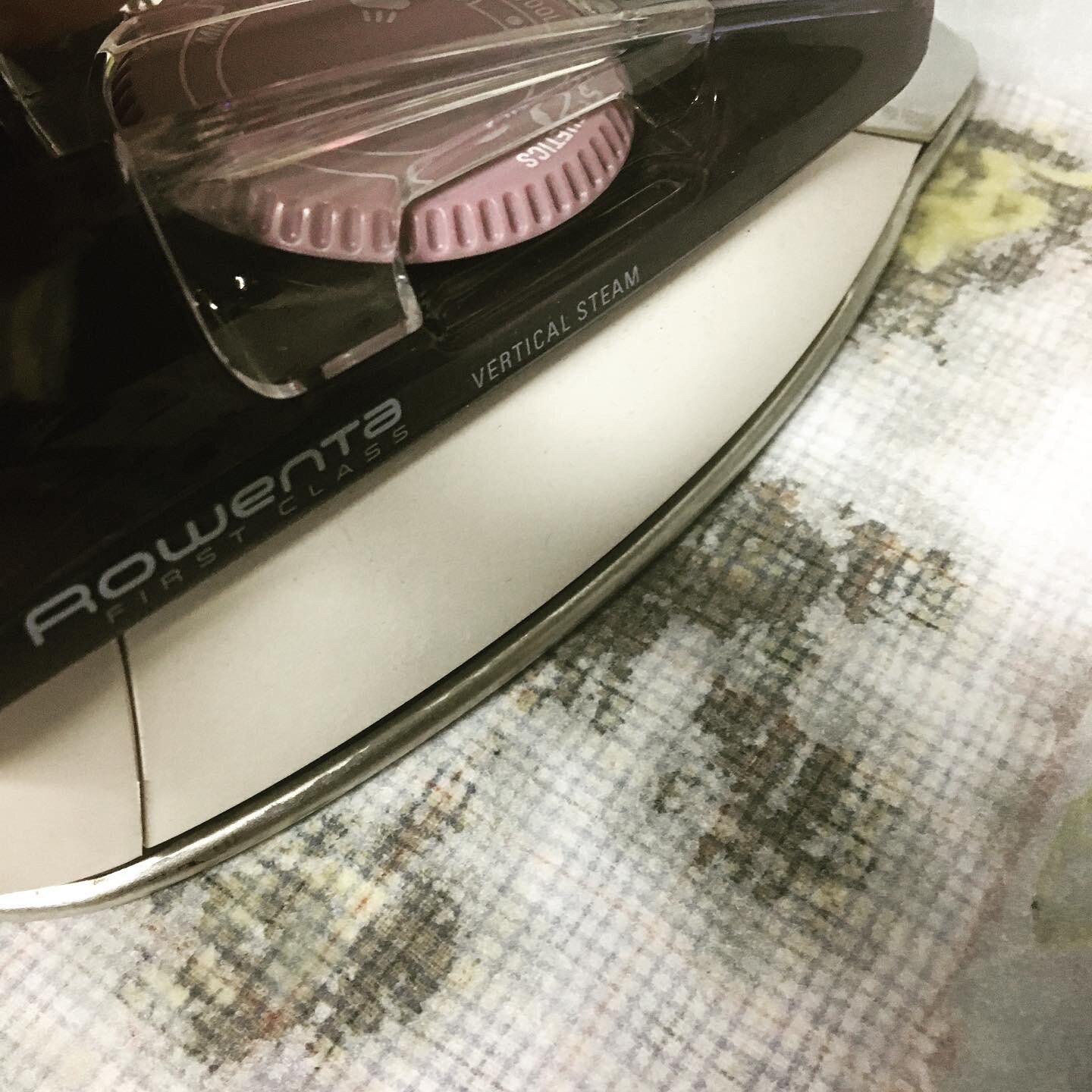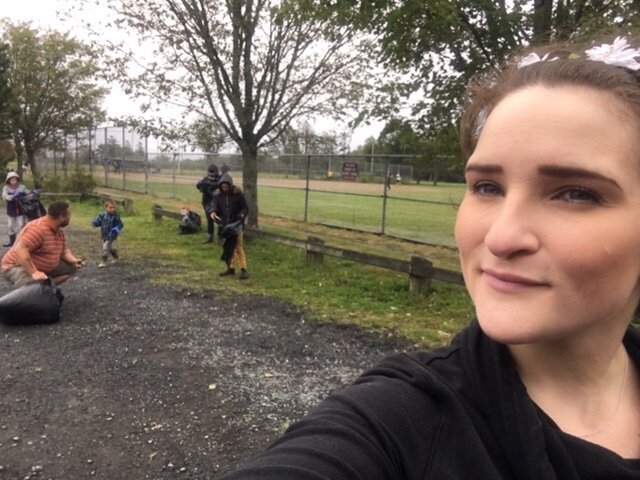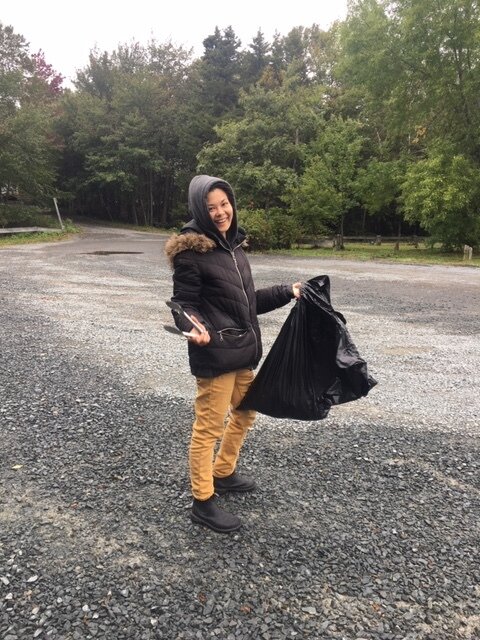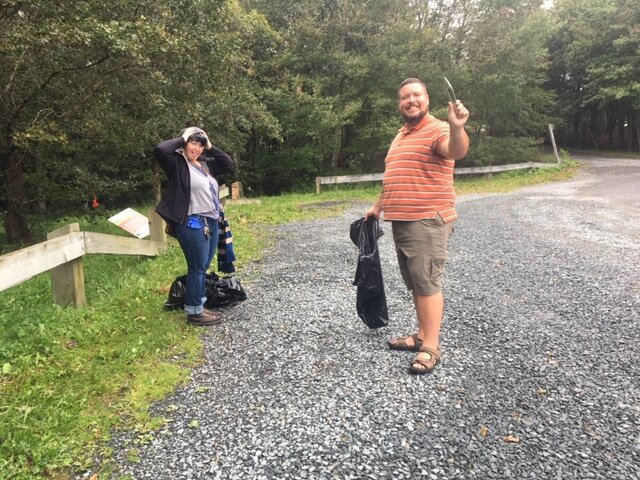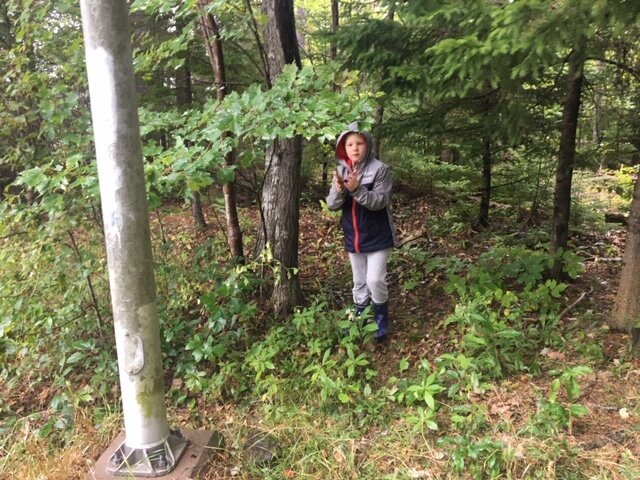If you are anything like me, you are trying to cleanse your brain of all the terrible things happening in the world by checking out the small positive articles online. Articles about being able to see the fish in the rivers of Venice, news reports about being able to see the Himalayan mountains without smog. It’s incredible to think that we only had to take a small break from our daily lives before these things started to present themselves and the earth started to repair itself.
But, as I watch those marvelous things happen I look around at my local community and see disposable masks, gloves, and wipes littering grocery store parking lots. It sickens me to my core. I try to remind myself that these people are afraid and being callous but it’s not helping. There are places where disposable gloves and masks are a complete necessity and we all know that. However, throwing these things on the ground when you’re finished with that is not the answer. There is going to be a massive environmental impact just from the increase in medical equipment and PPE. Let’s just think about that for a moment, even with that massive increase good things are happening all over the globe. More animals and more plants; cleaner air and holes in the ozone repairing themselves. We can do this! We can have an impact!
As I look at my hand sanitizer and Lysol wipes I think to myself that I need to combat in other ways right now… Yes, these things are a need sometimes but not all the time and I want to talk about what we can do even when we are stuck home and scared
Reducing home waste is always on the mind but we can easily lose track of those goals when things get hectic or scary. Here is a list of simple things we can all try:
Glove-less
If you can go without gloves, do it. Wash your hands properly and often. Hand sanitizer is not as effective but will work in a pinch as well to keep everyone safe and happy.
Cloth and Disinfectant
Rather than single-use disinfectant wipes, use a cloth and bottle spray where safe.
Upcycle!
It’s very easy to fall into the online shopping trap right now. If you are home and you have spare time try upcycling a few things rather than buying new. It can help the planet AND give you a project which is great for mental health.
Shop local.
A lot of your local shops have come up with ways to do contactless and curbside orders. Skip amazon if you can support a neighbor.
Garden!
This is a great time to help the bees and to learn a new skill. I love gardening but with more time this year, I am planting new things to see how they fair in my yard.
Cook
Cook more or skip the plastics. Lots of people are ordering in to support local restaurants. It’s a beautiful gesture but remember each meal comes with plastic forks, knives, spoons, and straws you just don’t need.
Compost
Compost and reduce your waste. If you are home and have more time this is a great time to do more composting and meal planning. With a little forethought and perhaps a list you can reduce what you are even offloading into the compost. For example, this week we had tacos on Tuesday and use the leftover meat to make pasta sauce. No waste AND yummy sauce.
Water Conservation
You can still save water. I know it is a scary time and we all want to be as safe as possible but we don’t need to let the water run while we wash our hands and brush our teeth for the most part. Maybe it’s unnerving when we’ve just come back from the store or outside of the house but if you are milling around your own space and no one has been in or out, you are likely safe to turn the tap off while you scrub.
Power Conservation
Be mindful of your light usage. It’s easy to lose track of this in an office but a lot simpler to do at home. Whether you are working or not keep an eye on your lights.
Heat Conservation
Dress warmly. Keep your thermostat lower and pop on two sweaters. It’s not a fashion faux pas... who is going to see it anyway?
Recycle
Don’t forget to recycle. More time at home means you can be more mindful of your bins. Make it a challenge to see how little garbage you put out for pickup day
There are lots of ways we can have a positive impact on this pandemic situation. Let’s keep Mother Earth in our hearts and in our minds.
Blessed be.

